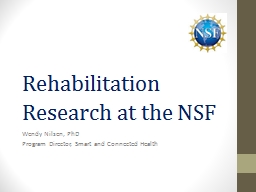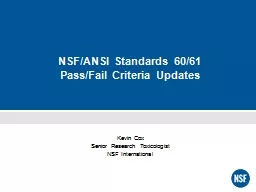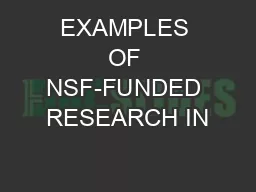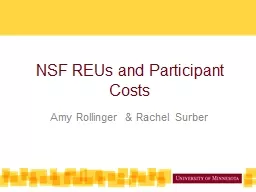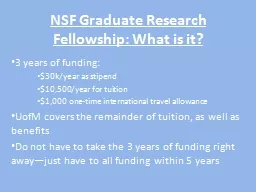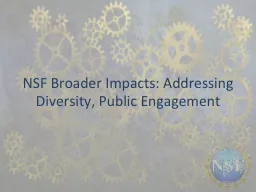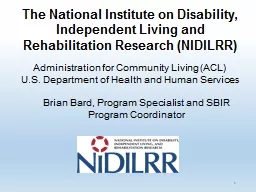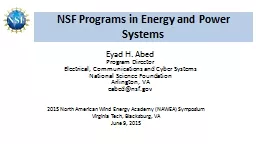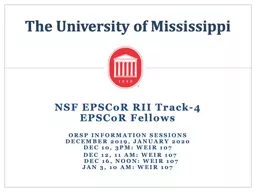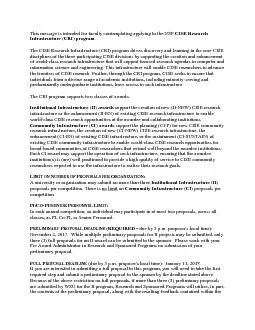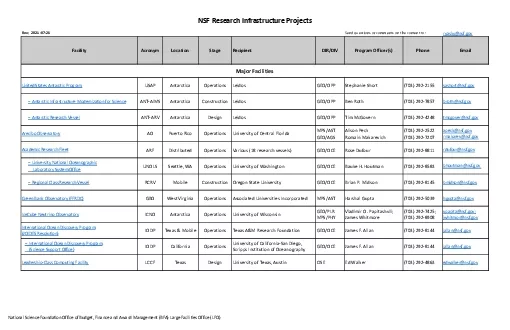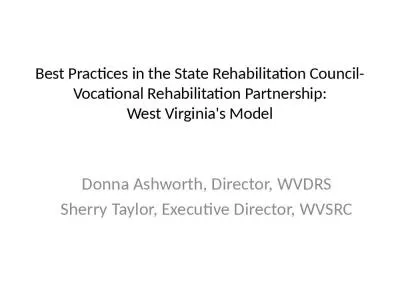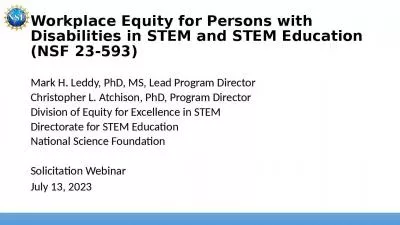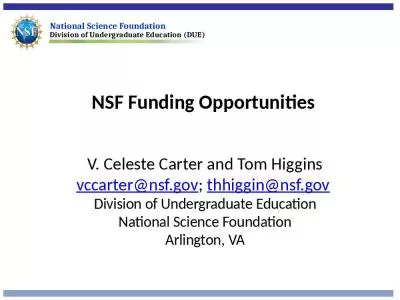PPT-Rehabilitation Research at the NSF
Author : linda | Published Date : 2023-05-26
Wendy Nilsen PhD Program Director Smart and Connected Health Background NSF Rehabilitation research can be found in many areas in NSF and within the mission of several
Presentation Embed Code
Download Presentation
Download Presentation The PPT/PDF document "Rehabilitation Research at the NSF" is the property of its rightful owner. Permission is granted to download and print the materials on this website for personal, non-commercial use only, and to display it on your personal computer provided you do not modify the materials and that you retain all copyright notices contained in the materials. By downloading content from our website, you accept the terms of this agreement.
Rehabilitation Research at the NSF: Transcript
Download Rules Of Document
"Rehabilitation Research at the NSF"The content belongs to its owner. You may download and print it for personal use, without modification, and keep all copyright notices. By downloading, you agree to these terms.
Related Documents

